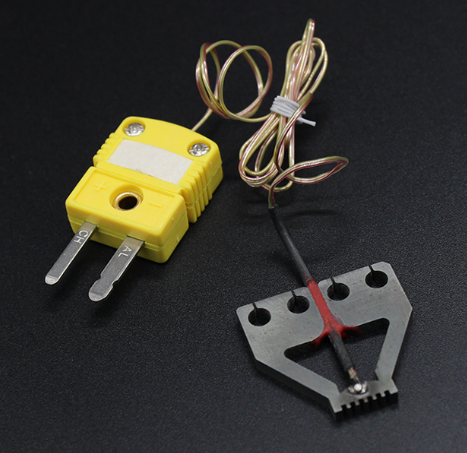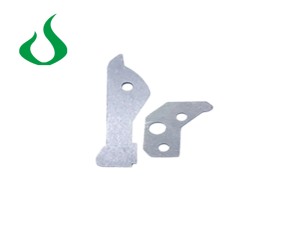MENU

 LNG
LNG
Diamond is a type of crystal of carbon, in which carbon atoms are covalently bonded, hence it is called a covalent bond crystal.
(1) Formation of covalent bond crystals:
The formation of covalent bond crystals like diamond is related to the special electronic structure of carbon atoms. The atomic number of a carbon atom is 6, and its electronic structure is [He] 2s22p2. Because the 2s and 2p sub shell states of carbon atoms are very close, when other atoms interact nearby, the states of these two sub shell electrons become difficult to distinguish, so only the main shell - L shell can be considered; Due to the fact that the L-shell layer can hold a total of 8 electrons and has 4 vacancies, carbon atoms can easily share electrons with other carbon atoms - forming covalent bonds (belonging to the s2p3 hybrid state). A carbon atom can form a total of 4 covalent bonds, which can form covalent bonds with adjacent 4 carbon atoms, forming a tetrahedral distribution structure (the angle between covalent bonds is 109o28 '); By adopting this pattern of atomic arrangement, a diamond structure can be formed. The number of nearest neighboring atoms around an atom in a crystal is called the coordination number; The coordination number of carbon atoms in diamond crystals is 4, which is relatively small due to the saturation of covalent bonds.
(2) The basic properties of covalent bond crystals:
There is a strong Coulomb attraction between electrons in covalent bonds and atomic nuclei, so the energy of covalent bonds is the highest among all valence bonds. Therefore, covalent bond crystals have a high melting point and high elastic modulus (i.e. are not prone to elastic deformation), and are brittle and hard. Diamond has a high covalent bond energy (~7.4eV/atom). Diamond is the hardest material, with a melting point of up to 3550oC and an elastic modulus of up to 827GPa. Due to the high energy of covalent bonds, covalent crystals are difficult to dissolve in almost all solvents. Due to the nature and high hardness of covalent bonds, covalent bond crystals are difficult to expand, i.e. non plastic and fragile.
After introducing the structure of diamond, let's take a look at the thermal conductivity principle of diamond:
There are two ways to conduct heat: in metals, it is mainly the movement of electrons; But in crystals such as diamonds, electrons are tightly bound to atoms, requiring a certain amount of energy to loosen them. At room temperature, there are almost no active electrons. Therefore, the conduction of heat is achieved by the vibrations of the atoms that make up the crystal lattice. Physicists refer to this vibration as thermal energy quantum (or phonon). It is precisely because the covalent binding energy between atoms in diamond is high that the energy transfer during atomic vibration is fast and the attenuation is small, resulting in excellent thermal conductivity. The thermal conductivity of diamond is generally 136.16w/(m · k).
Pls contact with me if you need more details by email danny.ng@soucua.com


